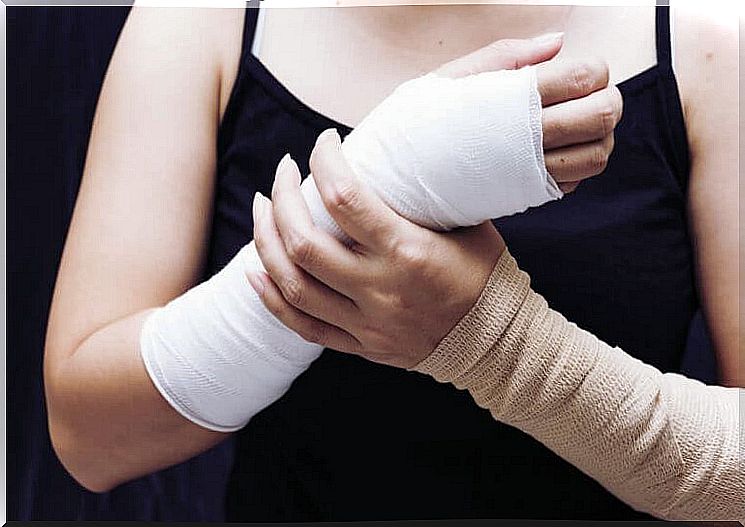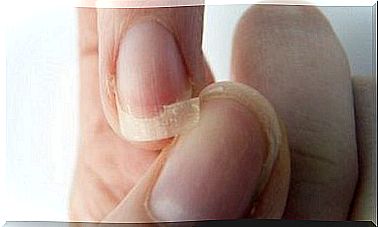Plaster And Splint: Differences And Tricks

Plaster and splint serve to protect the parts of the body that have suffered some kind of injury. They speed up the healing process, as they limit movement and help calm pain. The materials with which they are usually made are plastic, cloth, plaster or fiberglass.
The difference between plaster and splint , although their function is the same, relates to the presence of inflammation of the injury . If inflammation is present, splinting will be the best option, as it will promote better tissue adaptation and comfortable support, avoiding circulation problems and increased pain.
Once the inflammation has passed, the splint is usually replaced by plaster – harder and more compact – in order to better protect the injury caused by a sprain or fracture.
Tips for when wearing plaster and splint
Although the materials are different, and even if plaster and splint are used in different situations, the attention to be put into practice applies in both cases. Below, we will find out which aspects to take into consideration.
1. Keep them dry

While there are waterproof plaster casts and splints nowadays, most are not. For this reason, particular care must be taken not to get them wet. But what to do, then, when we have to take a shower or a bath? You have to cover the area with a plastic bag or a liner, as recommended by your doctor.
If the plaster or splint gets wet and moisture reaches the inner layer in contact with the skin, the material will not dry easily. This can lead to eczema or rashes, itchy skin and, in extreme cases, even infections.
2. Don’t try to scratch
Itching and burning that sometimes occur under plaster and splints can become unbearable. If this has happened to you, you’ve probably been looking for a pencil or other object to scratch your skin. This is a mistake, as the materials used can get stuck and cause an infection.
One way to relieve itching is to take a hair dryer and direct cold air into the plaster or splint. While the discomfort won’t completely go away, it will give you some relief.
3. Beware of cracks on plaster and splint
Plaster and splint sometimes crack and this can cause some problems. In case the part has been bumped in some way or if we feel that the cast is softer in some places than in the other places, we need to check the situation.
A cast or splint with these characteristics can cause sores and increased inflammation and pain. Check that everything is okay every day and be careful: any redness of the skin can make the injury worse.
4. Alter the material as little as possible

It is traditional to draw on chalk or ask friends to write a dedication on it. Although these gestures do not involve any complications, they could cause them when it is time to tear off or remove the part of the cotton in contact with the skin: this could cause serious injuries.
Therefore, it is necessary to avoid altering the material. However, it is possible to write on it, the important thing is to use a permanent marker to get as little dirty as possible with chalk and splint.
Sensations not to be underestimated
In addition to all the precautions already mentioned, we must pay attention to several sensations that should never be underestimated, since they could put our health at risk. Here are some of them:
- The fingers or toes tingle as they fall asleep.
- We lose sensitivity in the limbs.
- The skin begins to turn bluish, white, or purplish.
- The skin covered with plaster or splint has become red.
- The injured limb ignites on contact with the splint or plaster.
All of these situations require immediate medical consultation. Neglecting them or waiting for inflammation, redness, or sensitivity to go away on their own can trigger serious problems. If in addition to this there is also a fever, an abnormal odor or pain that forces us to take analgesics, always under medical advice, we must go to the emergency room.









